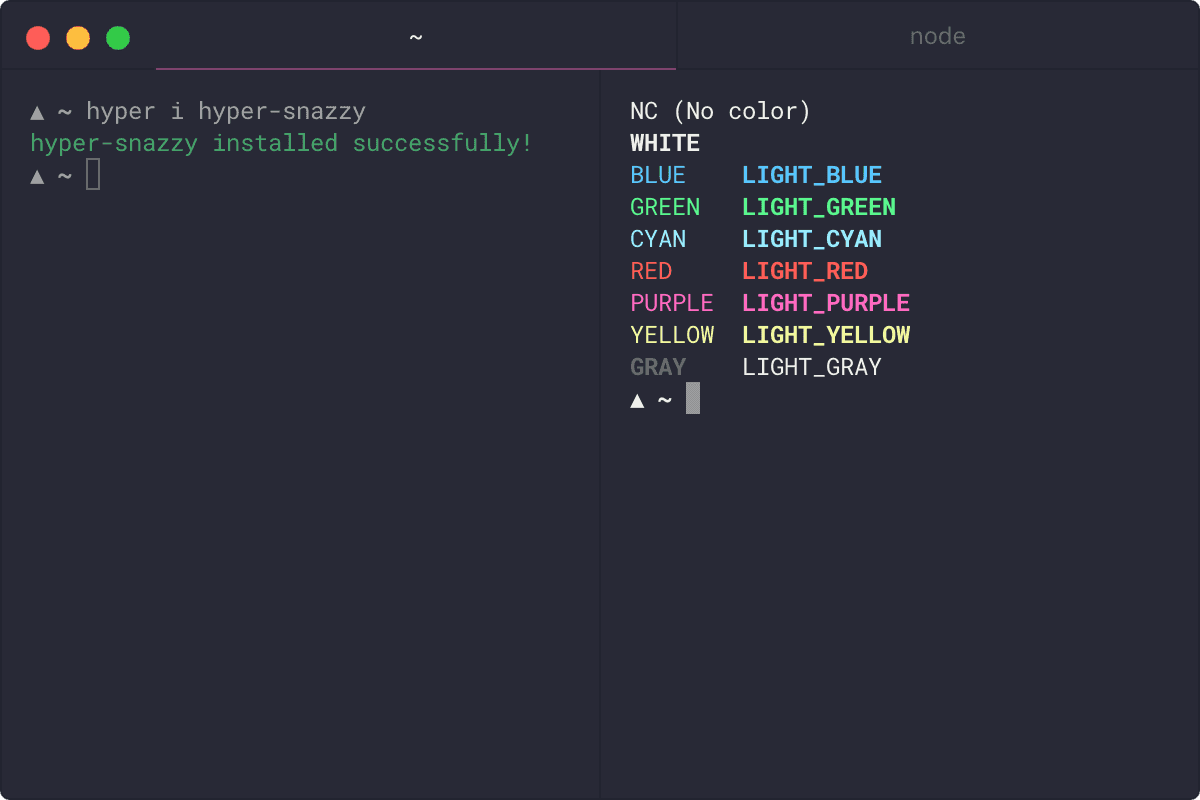


Particles of combustion or “smoke” from a developing fire may not reach the sensing chambers of smoke detectors because: A second-floor detector, for example, may not sense a first-floor or basement fire. Smoke detectors also may not sense a fire on another level or floor of a building. A fire alarm system may not provide timely or adequate warning, or simply may not function, for a variety of reasons: Smoke detectors may not sense fire where smoke cannot reach the detectors such as in chimneys, in or behind walls, on roofs, or on the other side of closed doors. While fire alarm systems are designed to provide early warning against fire, they do not guarantee warning or protection against fire. A study by the Federal Emergency Management Agency (an agency of the United States government) indicated that smoke detectors may not go off in as many as 35% of all fires. The Manufacturer recommends that smoke and/or heat detectors be located throughout a protected premises following the recommendations of the current edition of the National Fire Protection Association Standard 72-2002-1999 (NFPA 72-2002-1999), manufacturer's recommendations, State and local codes, and the recommendations contained in the Guide for Proper Use of System Smoke Detectors, which is made available at no charge to all installing dealers. Such a system, however, does not assure protection against property damage or loss of life resulting from a fire or life safety event. An emergency communication system-typically made up of an automatic fire alarm system (as described above) and a life safety communication system that may include an autonomous control unit (ACU), local operating console (LOC), voice communication, and other various interoperable communication methods-can broadcast a mass notification message.


Such a system, however, does not assure protection against property damage or loss of life resulting from a fire. CAMWorks V3.50 Help Fire Alarm & Emergency Communication System Limitations While a life safety system may lower insurance rates, it is not a substitute for life and property insurance! An automatic fire alarm system -typically made up of smoke detectors, heat detectors, manual pull stations, audible warning devices, and a fire alarm control panel (FACP) with remote notification capability-can provide early warning of a developing fire.


 0 kommentar(er)
0 kommentar(er)
